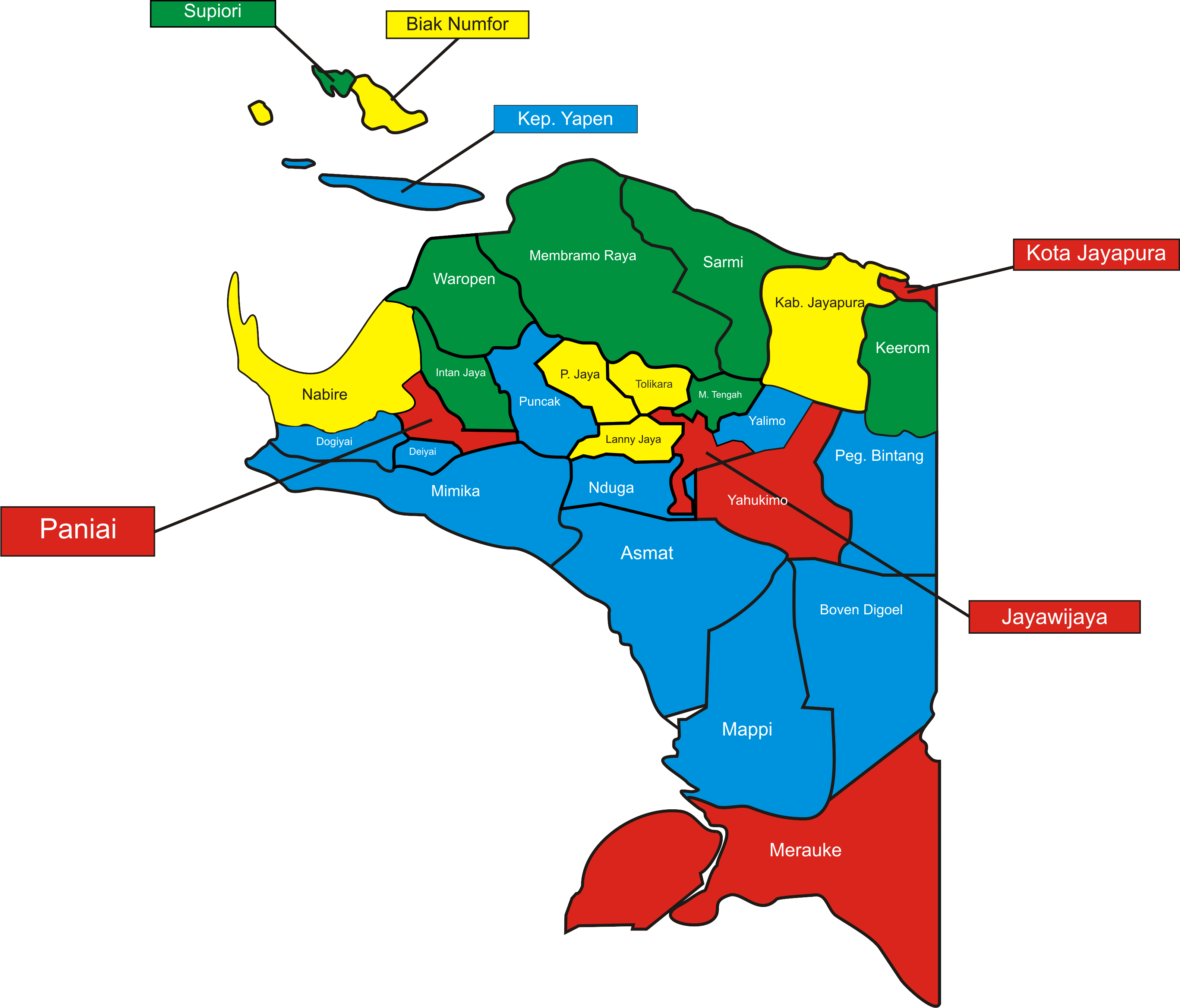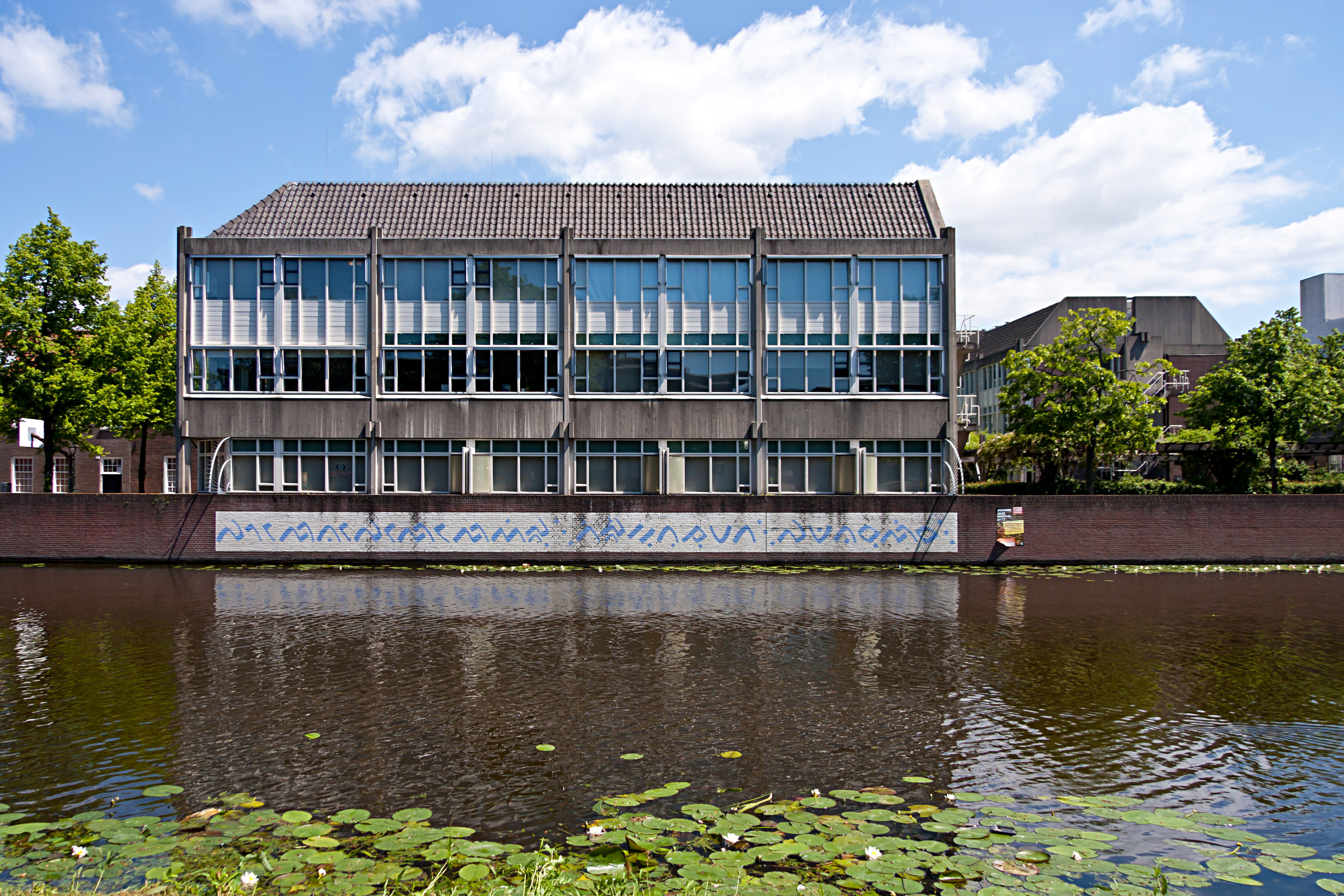|
Moni Language
Moni, as given by Ekari people, or Migani/Megani, as given by locals, also known as ''Djonggunu'', ''Jonggunu'', is a Papuan language spoken by about 20,000 people (1991) in the Paniai lakes region of the Indonesian province of Central Papua Central Papua, officially the Central Papua Province ( id, Provinsi Papua Tengah) is an Indonesian province located in the central region of Western New Guinea. It was formally established on 11 November 2022 from the former eight western regencie .... Majority of Moni language speakers live in Kemandoga valley. Awembak (Awembiak) is a dialect. References Bibliography * Paniai Lakes languages {{papuan-lang-stub ... [...More Info...] [...Related Items...] OR: [Wikipedia] [Google] [Baidu] |
Indonesia
Indonesia, officially the Republic of Indonesia, is a country in Southeast Asia and Oceania between the Indian and Pacific oceans. It consists of over 17,000 islands, including Sumatra, Java, Sulawesi, and parts of Borneo and New Guinea. Indonesia is the world's largest archipelagic state and the 14th-largest country by area, at . With over 275 million people, Indonesia is the world's fourth-most populous country and the most populous Muslim-majority country. Java, the world's most populous island, is home to more than half of the country's population. Indonesia is a presidential republic with an elected legislature. It has 38 provinces, of which nine have special status. The country's capital, Jakarta, is the world's second-most populous urban area. Indonesia shares land borders with Papua New Guinea, East Timor, and the East Malaysia, eastern part of Malaysia, as well as maritime borders with Singapore, Vietnam, Thailand, the Philippines, Australia, Palau, an ... [...More Info...] [...Related Items...] OR: [Wikipedia] [Google] [Baidu] |
Papua (Indonesian Province)
Papua is a province of Indonesia, comprising the northern coast of Western New Guinea together with island groups in Cenderawasih Bay to the west. It roughly follows the borders of Papuan customary region of Tabi Saireri. It is bordered by the sovereign state of Papua New Guinea to the east, the Pacific Ocean to the north, Cenderawasih Bay to the west, and the provinces of Central Papua and Highland Papua to the south. The province also shares maritime boundaries with Palau in the Pacific. Following the splitting off of twenty regencies to create the three new provinces of Central Papua, Highland Papua, and South Papua on 30 June 2022, the residual province is divided into eight regencies (''kabupaten'') and one city (''kota''), the latter being the provincial capital of Jayapura. The province has a large potential in natural resources, such as gold, nickel, petroleum, etc. Papua, along with four other Papuan provinces, has a higher degree of autonomy level compared to ... [...More Info...] [...Related Items...] OR: [Wikipedia] [Google] [Baidu] |
Moni People
The Moni (also known as the Migani, the Megani, the Djonggunu, or the Jonggunu) are an indigenous people in the Indonesian Paniai regency (kabupaten) of the Papua province (formerly Central Irian Jaya) of West Papua (western part of the island of New Guinea). They speak the Moni language. The Moni revere the bondegzeu, a large black and white whistling tree kangaroo, as an ancestor. The bondegzeu was unknown to the scientific community until the zoologist Tim Flannery described it in 1995. See also *Indigenous people of New Guinea The indigenous peoples of West Papua in Indonesia and Papua New Guinea, commonly called Papuans, are Melanesians. There is genetic evidence for two major historical lineages in New Guinea and neighboring islands: a first wave from the Malay Arch ... References Ethnic groups in Indonesia Indigenous ethnic groups in Western New Guinea {{asia-ethno-group-stub ... [...More Info...] [...Related Items...] OR: [Wikipedia] [Google] [Baidu] |
Trans–New Guinea Languages
Trans–New Guinea (TNG) is an extensive family of Papuan languages spoken on the island of New Guinea and neighboring islands ‒ corresponding to the country Papua New Guinea as well as parts of Indonesia. Trans–New Guinea is the third-largest language family in the world by number of languages. The core of the family is considered to be established, but its boundaries and overall membership are uncertain. The languages are spoken by around 3 million people. There have been three main proposals as to its internal classification. History of the proposal Although Papuan languages for the most part are poorly documented, several of the branches of Trans–New Guinea have been recognized for some time. The Eleman languages were first proposed by S. Ray in 1907, parts of Marind were recognized by Ray and JHP Murray in 1918, and the Rai Coast languages in 1919, again by Ray. The precursor of the Trans–New Guinea family was Stephen Wurm's 1960 proposal of an East New Guine ... [...More Info...] [...Related Items...] OR: [Wikipedia] [Google] [Baidu] |
West Trans–New Guinea Languages
The West Trans–New Guinea languages are a suggested linguistic linkage of Papuan languages, not well established as a group, proposed by Malcolm Ross in his 2005 classification of the Trans–New Guinea languages. Ross suspects they are an old dialect continuum, because they share numerous features that have not been traced to a single ancestor using comparative historical linguistics. The internal divisions of the languages are also unclear. William A. Foley considers the TNG identity of the Irian Highlands languages at least to be established. Classification The West Trans–New Guinea languages are a group of small families and isolates within Trans–New Guinea which are only tentatively connected. The Irian Highlands families ( Dani and Paniai Lakes) appear to belong together, and the Timor and West Bomberai languages share two probable innovations in their pronouns, compared to the rest of TNG. The following classification is from Ross (2005), Schapper et al. (2012), ... [...More Info...] [...Related Items...] OR: [Wikipedia] [Google] [Baidu] |
Paniai Lakes Languages
The Paniai Lakes languages, also known as the Wissel Lakes or Wissel Lakes – Kemandoga River, are a small family of closely related Trans–New Guinea languages spoken in the Paniai Lakes region of the highlands of Western New Guinea in the Paniai Lakes region of Papua. Foley (2003) considers their Trans–New Guinea status to be established. Languages The languages are: *Moni *Central ** Wolani (Wodani) ** Ekari (Ekari) ** Auye (incl. Dao) They are most closely related to the Dani languages, Amung and Dem. Pronouns Independent pronouns and possessive prefixes are: : Vocabulary comparison The following basic vocabulary words are from Larson & Larson (1972) and Voorhoeve (1975), as cited in the Trans-New Guinea database: : Evolution Paniai Lakes reflexes of proto-Trans-New Guinea (pTNG) etyma are: Ekari language: * ‘breast’ < * ‘arm’ < * ‘belly’ < * ‘breast’ < * ‘skin’ < * ‘louse’ < * ‘come’ < * ‘father’ < * ‘speech, talk� ... [...More Info...] [...Related Items...] OR: [Wikipedia] [Google] [Baidu] |
Ekari People
The Mee (also Bunani Mee, Ekari, Ekagi, Kapauku) are a people in the Wissel Lakes area of Central Papua, Indonesia. They speak the Ekagi language. Epidemiological significance In the 1970s, an investigation was conducted by Indonesian physicians concerned about the high rates of Ekari people hospitalized for burns. The study revealed many Ekari people were suffering from neurocysticercosis, caused by the pork tapeworm, ''Taenia solium'', which had been previously unseen in Papua New Guinea. As a result, many had been suffering seizures while in close proximity to fires, injuring themselves in the process. Pigs infected with the tapeworms had been introduced to the island previously by the Indonesian unknowingly. Representations in media * National Geographic aired the film ''Tribal Odyssey: The Chief Who Talks to God: The Mee, Papua'' in 2005 as part of its Tribal Odyssey series. See also *Indigenous people of New Guinea The indigenous peoples of West Papua in Indonesia a ... [...More Info...] [...Related Items...] OR: [Wikipedia] [Google] [Baidu] |
Papuan Language
The Papuan languages are the non-Austronesian and non- Australian languages spoken on the western Pacific island of New Guinea in Indonesia and Papua New Guinea, as well as neighbouring islands, by around 4 million people. It is a strictly geographical grouping, and does not imply a genetic relationship. The concept of Papuan (non-Austronesian) speaking Melanesians as distinct from Austronesian-speaking Melanesians was first suggested and named by Sidney Herbert Ray in 1892. New Guinea is the most linguistically diverse region in the world. Besides the Austronesian languages, there are some (arguably) 800 languages divided into perhaps sixty small language families, with unclear relationships to each other or to any other languages, plus many language isolates. The majority of the Papuan languages are spoken on the island of New Guinea, with a number spoken in the Bismarck Archipelago, Bougainville Island and the Solomon Islands to the east, and in Halmahera, Timor and the A ... [...More Info...] [...Related Items...] OR: [Wikipedia] [Google] [Baidu] |
Central Papua
Central Papua, officially the Central Papua Province ( id, Provinsi Papua Tengah) is an Indonesian province located in the central region of Western New Guinea. It was formally established on 11 November 2022 from the former eight western regencies of the province of Papua. It covers an area of 66,130.49 km2 and had an estimated population of about 1,409,000 in mid 2021. It is bordered by the Indonesian provinces of West Papua to the west, the residual Papua to the north, and by Highland Papua and South Papua to the east. The designated administrative capital, Nabire, is the second largest town in Central Papua (after Timika), the economic centre of the province, and the seat of the Central Papua provincial government. The provincial border roughly follows the cultural region of Mee Pago and parts of Saireri. History After the approval of the bill for the creation of the province on 30 June 2022, controversy regarding the capital of the new province resulted in mass demons ... [...More Info...] [...Related Items...] OR: [Wikipedia] [Google] [Baidu] |
KITLV
The Royal Netherlands Institute of Southeast Asian and Caribbean Studies ( nl, Koninklijk Instituut voor Taal-, Land- en Volkenkunde, lit = Royal Institute for the Linguistics, Geography and Ethnology, abbreviated: KITLV) at Leiden was founded in 1851. Its objective is the advancement of the study of the anthropology, linguistics, social sciences, and history of Southeast Asia, the Pacific Area, and the Caribbean. Special emphasis is laid on the former Dutch colonies of the Dutch East Indies (now Indonesia), Suriname, and the Dutch West Indies (the Netherlands Antilles and Aruba). Its unique collection of books, manuscripts, prints and photographs attracts visiting scholars from all over the world. On July 1, 2014, the management of the collection was taken over by Leiden University Libraries. Jakarta In 1969, a KITLV office was started by Hans Ras in Jakarta ("KITLV-Jakarta"), as a part of an agreement with the Indonesian Institute of Sciences. Here, publications from I ... [...More Info...] [...Related Items...] OR: [Wikipedia] [Google] [Baidu] |



